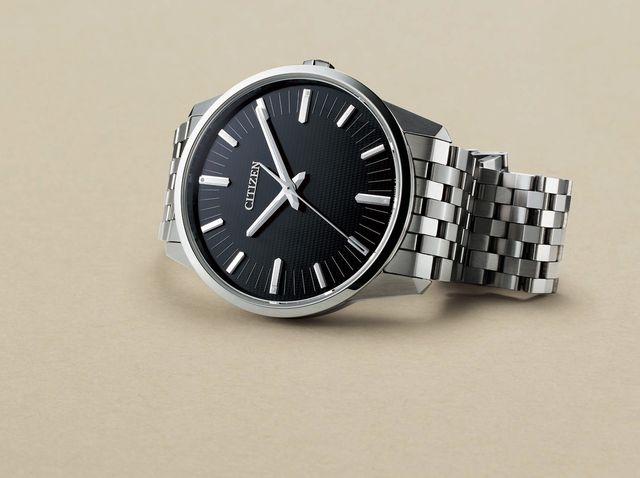
Crisis? What crisis? A short history of high-frequency, super-accurate quartz watches
The introduction of quartz watches may be blamed for decimating the watch industry, but in the fifty years since, top-end quartz makers have been engaged in a rigorous pursuit of accuracy - the pinnacle of which is Citizen's Calibre 0100
The story of the mechanical timepiece has always been one of relentless progress towards accuracy, usually by tiny, gradual increments. From Christiaan Huygens’ first watch to the observatory tests of the Seventies, it has been 300-plus years of constant development, but the introduction of quartz timepieces in the early Seventies brought that progress to a grinding halt. Quartz was so accurate that mechanical timepieces were considered irrelevant and development ceased for around 30 years. The very best mechanical timepieces were accurate to one or two seconds a day while the first quartz watches offered accuracy of five seconds per month.
Nobody in normal life actually needed the accuracy of the best mechanical watches, so the quartz models could be seen as overkill, but the desire for improved accuracy wouldn’t lie down and die. The researchers at Omega, who were one of the major participants in the Beta 21 project (the first commercially available Swiss quartz movement) decided to develop their own quartz movement. At the end of the Sixties a lot of research was being put into faster balances in the search for accuracy in mechanical timekeeping; Seiko, Girard-Perregaux and Zenith all introduced watches beating at 36,000 beats per hour (or 5Hz) — twice the rate of most other watches.
So it was natural that the Omega researchers working on their own quartz movement looked at the possibility of increasing the rate at which the quartz crystal oscillated. The Beta 21 used a rate of 8,192Hz; the lens-shaped, Omega-developed crystal had a rate of 2,359,356Hz and promised accuracy of one second per month. Launched in 1974 as the Omega Marine Chronometer, it came with a certificate stating that every watch had been tested by the Besançon Observatory for 63 days and listed the results achieved at the tests.
When Seiko introduced the world’s first quartz wristwatch at the end of 1969, it presented its Japanese rivals Citizen with a problem. It made no sense to announce themselves as the world’s second producer of quartz watches, so they decided to make the world’s most accurate quartz watch: the Citizen Crystron Mega. It took them until 1975 to do it but the Crystron outperformed the Omega, both in the rate at which the crystal oscillated and in its accuracy of three seconds a year.
Unfortunately, such accuracy came with two costs. First, the energy needed to vibrate the crystal at 4.1mHz meant the battery usually lasted only a few months — and, of course, the watch stopped and had to be reset when the battery was changed — so the much-vaunted long-term accuracy was ephemeral. The second was financial: at 4.5m yen (I think Citizen missed a trick not selling the watch for 4.1m yen to match the frequency) the watch cost around £6,500 in 1975 (or £15,500 today), around the price of a new Porsche 911S. Nevertheless, Citizen managed to sell around 3,000.
Seiko, not wanting to be eclipsed by its rivals, took the unusual step of pitting its two factories against each other. The Suwa factory (which had produced the world’s first quartz wristwatch) was first with its 38 calibre in 1971. Initially capable of 20 seconds a month accuracy, by 1974 it had been refined down to a mere two seconds a month. While this was well below the Citizen Crystron Mega’s performance, it also boasted an 18-24-month battery life, so its real world performance was much better.
Although Seiko submitted mechanical chronometers which ran up to 20Hz to the Swiss observatories, it had experimented with some as fast as 50Hz. And yet despite its obvious preference for faster-beating mechanisms, the brand decided not to follow Citizen and Omega down this path, instead choosing a completely different route to obtain accuracy. It looked at the influences which caused inaccuracy in quartz watches and identified temperature as the biggest problem; the solution was to fit the watch with an additional quartz crystal, which was used to measure temperature. This info was fed to a chip which contained the accuracy variations which could be expected of the timekeeping crystal at various temperatures. The chip used this data to adjust the accuracy of the timekeeping crystal. This technology came to a peak with the calibre 9983 of 1978, capable of five seconds a year while still offering an 18-24-month battery life.
Rolex was a late entrant to the quartz race, waiting until 1977, but did so in its own idiosyncratic way with the 5035/5055 movement, which utilised a totally new approach by controlling the crystal’s frequency through voltage input. Rolex used a thermistor to measure temperature variations; this then was fed into a compensation circuit which varies the voltage by tiny amounts, but just enough to force the crystal to vibrate at the correct rate, irrespective of temperature.
Other Swiss manufacturers saw the success of high-accuracy quartz watches from Japanese brands and realised there must be a market for them. Longines embarked on a joint project with ETA which took the twin crystal idea first introduced by Seiko and improved on it. In this method, the secondary crystal vibrated at a much faster rate than the timekeeping crystal, which meant its reaction to temperature changes was different than that of the primary one. (If you can measure the two different frequencies then you can work out the temperature and adjust the rate of the principal crystal in order to eliminate the effects of temperature.)
This thermal compensation method became widespread throughout the Swiss industry and was also used by Breitling, who called watches fitted with these movements “SuperQuartz”.
By the mid-Eighties, something happened in the Swiss watch industry. In the same way that quartz had almost killed off mechanical horology in the Seventies, the resurrection of traditional watchmaking almost did for the high-accuracy quartz watch. Very little further development was done until the start of the following decade and in 1993, Seiko brought high-accuracy quartz back with a bang with its new 9F movement.
Like the Rolex Oysterquartz movement, it looked more like a mechanical movement than a quartz one — fully jewelled and all-metal, with only the presence of a battery showing that electricity played any part in its operation. The 9F guaranteed 10 seconds a year accuracy, and in 2009 the brand brought out a small series of watches to commemorate the 40th anniversary of the original Seiko Quartz Astron and these watches were regulated to five seconds a year.
Last year, another limited edition was released to commemorate the 25th anniversary of the 9F (and these too were regulated to five seconds per year).
Seiko’s domestic rival had not been sitting on its hands. In 1995, Citizen introduced its calibre A660 which offered five seconds a year accuracy from the start; and the brand used it to power its top of the line watch, the Chronomaster (known in some markets as “The Citizen”). Similar to the Grand Seiko quartz watches fitted with the 9F movement, it went even further by being equipped with both a perpetual calendar and an hour hand which could be moved in discrete one-hour jumps, meaning that time zone and seasonal changes could be performed without affecting the accuracy of the watch.
Five seconds a year has become the new standard, as exemplified by the introduction of ETA’s PreciDrive movements, available as simple three-hand watches, chronographs, or four-hand GMT Models. Last year, Longines used this movement in the reintroduction of its VHP line, featuring the unexpected adjustable hour hand and perpetual calendar, but predictable is its decision to follow the Citizen-Seiko path of sealing both the quartz crystal and the associated integrated circuit in a vacuum case — here a ceramic one — to protect from humidity and temperature. Although Longines was the launch brand, the movements can now be found in watches from Tissot to Certina, and also in the very Bauhaus-influenced watches from London’s Uniform Wares.
One of the most intriguing watches at Baselworld this year was Citizen’s ultimate high-accuracy quartz watch: the boringly-named Caliber 0100. Offered in a white gold case with an almost clinically austere dial, it’s the most accurate autonomous wristwatch ever made, guaranteed to keep the phenomenal rate of one second per year. In order to do this, Citizen has reverted back to the technology of the Crystron Mega, using a crystal vibrating at the frequency of an unheard-of 8.4mHz. And while the Crystron Mega struggled to get more than a few months out of its battery, the 0100 has no such worries, being driven by Citizen’s light-powered Eco-Drive solar cells.
If competition continues to drive progress — as it always has — I wonder what the next level of accuracy will be? To put things into perspective, a mechanical clock built to a 250-year-old design but made with modern materials was certified by the Guinness World Records team in 2015 as being accurate to 0.625 of a second in 100 days. This equates to an annual performance of around two seconds a year. So, if mechanical horology can do that, who knows where quartz may lead us?

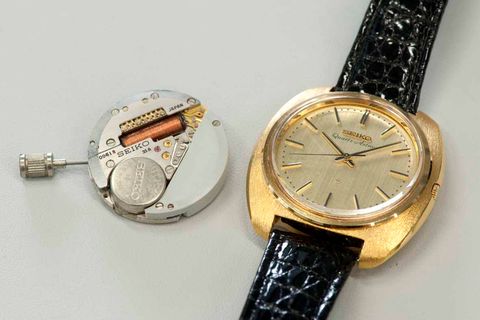
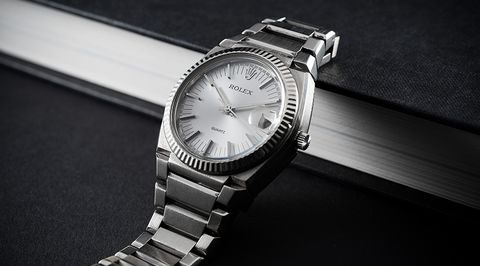
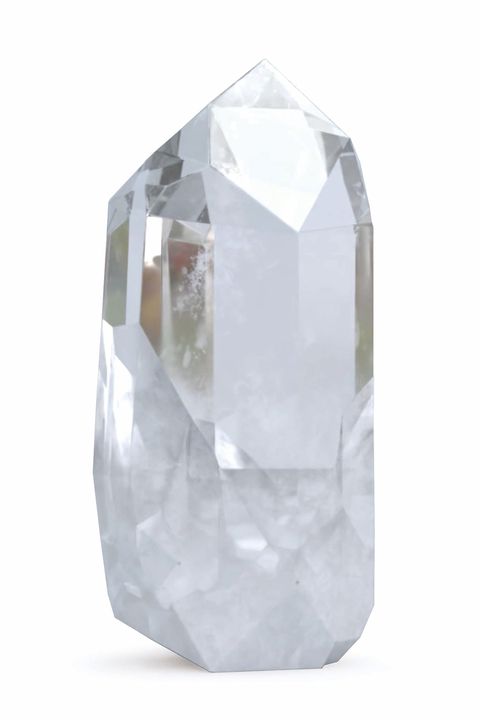
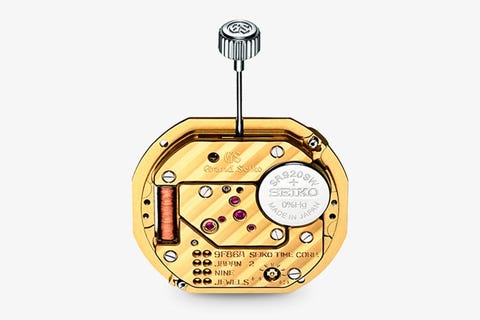
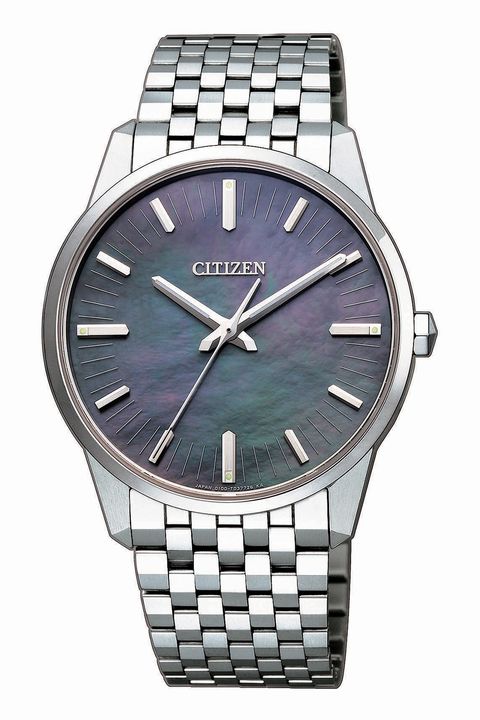
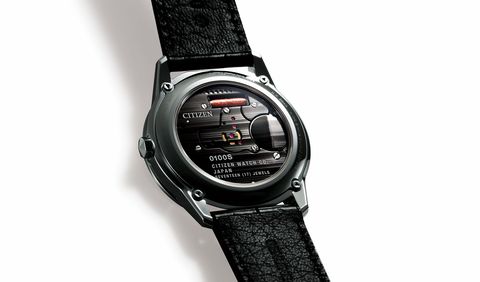
No comments:
Post a Comment